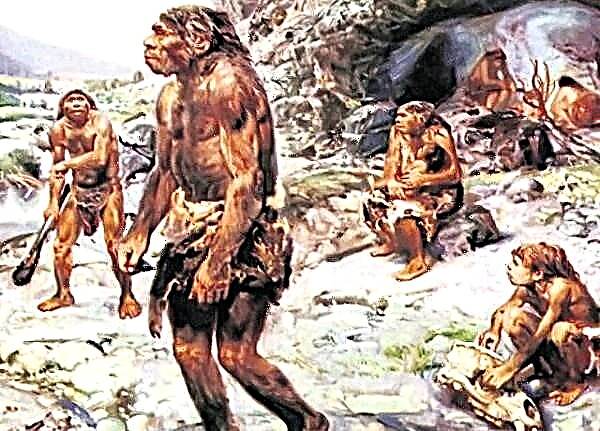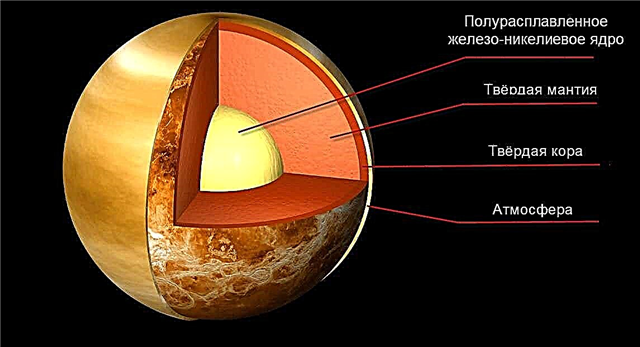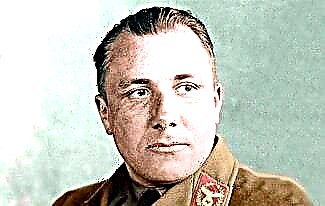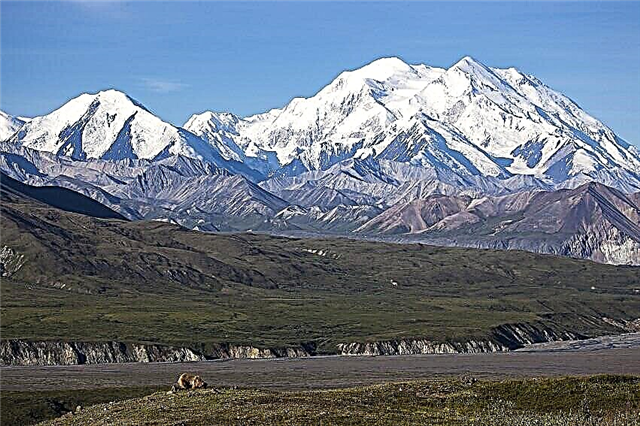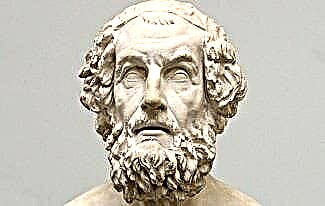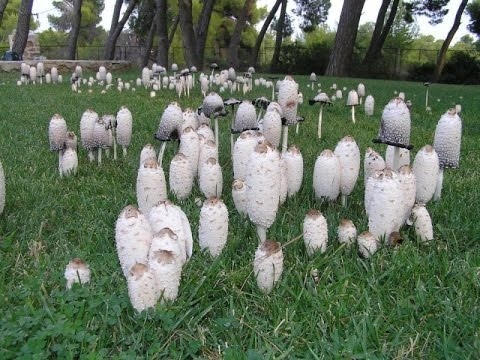In the north of the island of Great Britain is Scotland - a country with beautiful wildlife, inhabited by a proud freedom-loving people. Southern neighbors often reproach the Scots for being stingy, but how not to become stingy here, if nothing really grows on stony soils, meadows, forests and lakes belong either to their own rich clans or to the British aliens who have seized the country, and the sea surrounding the country is so stormy and inhospitable that every fishing trip to it may be the last?
And, nevertheless, the Scots managed to get out of poverty. They turned their land into a powerful industrial region. The price turned out to be high - millions of Scots were forced to leave their homeland. Many of them have achieved success in foreign lands, thereby glorifying their country. And wherever the Scotsman is, he always honors the Motherland and remembers its history and traditions.
1. Scotland is the very north of the island of Great Britain and 790 more adjacent islands with a total area of 78.7 thousand km2... This territory is home to 5.3 million people. The country is an autonomous part of Great Britain with its own parliament and prime minister. In 2016, the Scots held a referendum on secession from the UK, but secession supporters won only 44.7% of the vote.

2. Despite the rather discouraging results of the referendum (preliminary polls predicted an approximate equality of votes), the British are not liked in Scotland. Those who call the Scots "English" risks being subjected to physical abuse, although the Scots are very good-natured people.
3. Scotland is a very beautiful country. The mild, cool, humid climate is favorable for vegetation, and the terrain falls from low mountains (Highland) in the south to a gentle plain (Lowland) in the north. Typical Scottish terrain is low hills with small forests and lakes surrounded by rocks, between them in the north of the country and cliffs overgrown with forests in the south and on the coast.


4. Scottish lakes are known throughout the world. Not in number (there are more than 600 of them, and in Finland there are thousands of them) and not in depth (there are lakes and deeper in the world). But there is no hope of meeting Nessie in any lake in the world, but there is one on the Scottish Loch Ness. And although few people already believe in the existence of a mysterious underwater giant, Loch Ness attracts tens of thousands of travelers. And if you fail to see Nessie, you can just go fishing. Fishing in Scotland is amazing too.

5. People have been living in Scotland for about 10 thousand years. It is believed that people inhabited the Skara Bray settlement in the IV millennium BC. The harsh nature of the complex terrain helped the local tribes fight off the Romans, who, during their conquest, advanced a little further than the present southern border of Scotland. In fact, there was no Roman occupation of Scotland. The first conquerors to conquer the Scots were the English, so dearly beloved by them.

Scara Bray
6. Officially, the history of Scotland as a single state began in 843. The first king was Kenneth Macalpin, who managed to unite the previously disparate tribes. One of the tribes were the Scots, who gave the name to the state. The Normans, who founded England as a state, landed on the island only two centuries later.
7. As soon as England gained strength, endless clashes with Scotland began, which continued until 1707. In addition to military methods of pressure, political ones were also used. So, in 1292, the English king, who nobly volunteered to be a judge in the dispute between candidates for the Scottish throne, named the candidate who agreed to recognize the suzerainty (supremacy) of England as the winner. Other applicants disagreed, and a series of riots and wars began that lasted more than 400 years. Woods were thrown into the fire by foreign powers that did not want England to be strengthened (as history has shown, they did not want to, quite rightly). Religious strife was also imposed. Presbyterian Scots, Catholics, and Protestant Englishmen gladly slaughtered the wrong brothers in Christ. As a result, in 1707, the "Act of Union" was signed, which fixed the unification of the two kingdoms on the basis of their autonomy. The British almost immediately forgot about autonomy, the Scots rebelled a little more, but the current situation persisted until 1999, when the Scots were allowed to have their own parliament.
8. Union gave a powerful impetus to the development of Scotland. The country retained the administrative and judicial system, which contributed to the development of industry. Scotland has become one of the most powerful industrial regions in Europe. At the same time, emigration from the country became an avalanche - the widespread use of machines freed up working hands, giving rise to massive unemployment. The Scots left, first of all, overseas, in the millions. Now the number of Scots in the world is comparable to the number of inhabitants in Scotland proper.
9. Actually, the industrial revolution began with the invention of the steam engine by the Scotsman James Watt. Watt patented his machine in 1775. The whole world knows such inventions of the Scots as Alexander Fleming's penicillin, John Byrd's mechanical television or Alexander Bell's telephone.

James Watt
10. In many sources Arthur Conan Doyle is called a Scotsman, but this is not so. The future writer was born in England to an Irish family, and in Scotland he only studied at the University of Edinburgh. This worthy educational institution is considered one of the best in Europe; Charles Darwin, James Maxwell, Robert Jung and other luminaries of science graduated from it.

Arthur Conan-Doyle in his student years
11. But such outstanding writers as Walter Scott and Robert Louis Stevenson are Scots, both of whom were born in Edinburgh. Great contributions to literature were made by such natives of Caledonia (this is another name for Scotland), such as Robert Burns, James Barry (“Peter Pan”) and Irwin Welch (“Trainspotting”).

Walter Scott
12. Although whiskey was not invented in Scotland (either in Ireland or in the Middle East in general), Scotch whiskey is a proprietary national brand. Already in 1505, the guild of barbers and surgeons of Edinburgh received a monopoly on its production and sale. Later, the followers of Hippocrates even broke through the signing of a decree banning the sale of whiskey to the common people. What such prohibitions lead to, we know very well - they began to produce whiskey in almost every yard, and the guild's idea failed.
13. To popularize whiskey, Edinburgh opened the Whiskey Heritage Center in 1987. This is a kind of combination of a museum with a pub - the price of any excursion includes tasting of several types of drink. The museum's collection of about 4,000 varieties, in the restaurant, bar and shop, you can buy more than 450. Prices are as varied as the varieties - from 5 to several thousand pounds per bottle. The minimum price for a 4-wine tasting tour is £ 27.

14. Scottish national dish - haggis. These are finely chopped lamb offal with spices, cooked in a sewn lamb stomach. Analogues of such dishes exist on the territory of all European countries of the former USSR, but the Scots consider their analogue of homemade sausage to be unique.

15. Scots (and Irish) are disproportionately red-haired. There are about 12 - 14% of them, which looks like a clear anomaly compared to 1 - 2% in the general human population and 5 - 6% among the inhabitants of Northern Europe. The scientific explanation of this phenomenon is very simple - red hair and white skin help the body to produce vitamin D. Turning this argument in the opposite direction, we can state that the remaining 86 - 88% of Scots and Irish do well with a small amount of this vitamin, and those living literally 200 km north of the British, among whom there are almost no redheads, he is not needed at all.

Redhead Day in Edinburgh
16. Edinburgh is proud to have the world's first regular fire station. Less well known is the fact that two months after the unit was created in 1824, the Edinburgh firefighters were powerless against the Great Edinburgh Fire, which destroyed 400 houses in the city. The fire started in a small engraving workshop. The team arrived at the fire site on time, but the firefighters were unable to find a water tap. The fire spread to half of the city, and only a heavy downpour helped to cope with it on the fifth day of the fire. In a similar situation in 2002, 13 buildings in the historic city center were completely destroyed.
17.On 24 June, Scotland's Independence Day is celebrated. On this day in 1314, the army of Robert the Bruce defeated the army of the English king Edward II. More than 300 years of being in the UK does not count.

Monument to Robert Bruce
18. The clothes, which are now presented as the national costume of the Scots, were not invented by them. The kilt skirt was invented by the Englishman Rawlinson, who sought to protect the workers of his metallurgical plant from heatstroke. The tartan checkered fabric was invented in Central Europe - in such clothes it was easier to climb the Alps. Other details of clothing, such as knee-highs, white shirts or a purse at the waist, were invented earlier.

19. Scottish music is, first of all, bagpipes. Mournful, at first glance, melodies perfectly convey both the beauty of the country's nature and the national character of the Scots. Combined with drumming, a bagpipe or pipers ensemble can create a unique experience. The Royal National Orchestra of Scotland is highly regarded not only in the country but also abroad. For 8 years it was directed by Russian conductor Alexander Lazarev. And "Nazareth" is, of course, the most successful Scottish rock band.

20. The Scottish soccer team played host to and hosted the first ever international match in world football. On November 30, 1872, 4,000 spectators at Hamilton Crescent Stadium in Patrick watched the Scotland-England match, which ended in a 0-0 draw. Since then, Scotland, England, Wales and Northern Ireland have participated in international football tournaments as separate countries.



